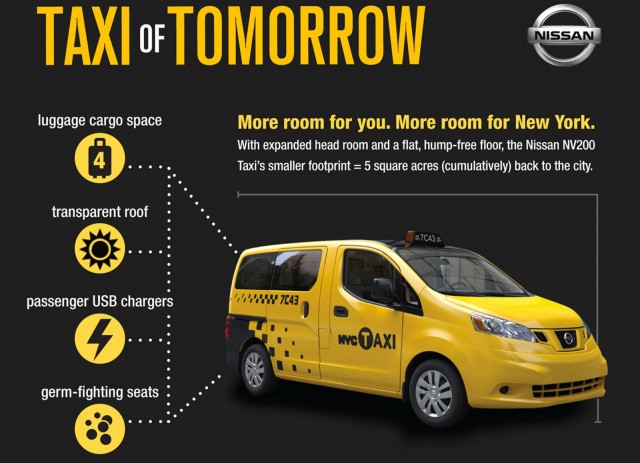How do you tell your life story?

When you tell your personal life story, is it linear with a clear beginning and end? Do you wander between memories and milestones weaving a spider web of events, or do you bring people down forks of major life moments?
Where do you begin? With your birth? Further back in time including the generations that came before you? Or do you start with the present, who you are now, how you got here and where you expect to go?
Every day we have an opportunity to retell our story to ourselves or others. Telling stories allows us to reinforce important memories that are the foundation of who we are. When we tell the story of our future our wishes are the early drafts of the life we want to create.
Reminder to keep telling your stories from the past and sharing your wishes for the future. Holding our past in balance with the future helps to ground us in the present.
Do
Upcoming Death Cafe events
April Death Cafe, April 27, 2024, 2 PM – 3:30 PM at the Central Library Community Meeting Room in downtown Berkeley.
Special May Death Cafe Speaker Event, free on May 25, 2024, 2 PM – 4PM at the Central Library Community Meeting Room in downtown Berkeley. Dr. David Pepper, MS, MD will discuss how to prepare for a home death. Planning ahead for the future requires thoughtful decision-making in the present, documenting these preferences, and engaging in open discussions with loved ones and healthcare providers. The conversation will include time for questions. Please RSVP here.
Watch
Movies, books and media can help unravel a topic or add a perspective we haven’t considered yet. Several movies were recently recommended. A simple search online can curate a list of suggested movies on any given topic. Personal recommendations have the added credibility of a trusted source and a chance to connect, “I watched that movie you told me about.”
If you like black and white movies that were made almost one hundred years ago Death Takes a Holiday (1934) should be on your list to watch Death take on human form so that he can be among mortals to answer why people fear him.
The trailer of The Last Ecstatic Days, about a young man, Ethan Sisser, with terminal brain cancer documents his death journey to teach the world how to die without fear is moving enough. Finding a screening to watch the entire movie would be a wonderful experience.
Last Flight Home has been described as, “Deeply personal to the point of discomfort, Last Flight Home contemplates mortality with an unblinking yet empathetic gaze.”
Movies and documentaries have well crafted descriptions. This is another case in point. “Jack Tuller has a plan. And in the final hours of that plan, Jack will have a party with his friends, tell his wife how much he loves her, and finally take a cocktail designed to end his life peacefully.”
Listen
Podcasts were recommended too. Grief Is a Sneaky B!Tch, by Lisa Keefauver, is also a book on navigating grief no matter how many times and ways it shows up.
Your Going to Die (YG2D) is a podcast by Ned Buskirk that takes a deeper and varied exploration of death and dying. But it is so much more too, including events in San Francisco. Your exploration should begin here.

















